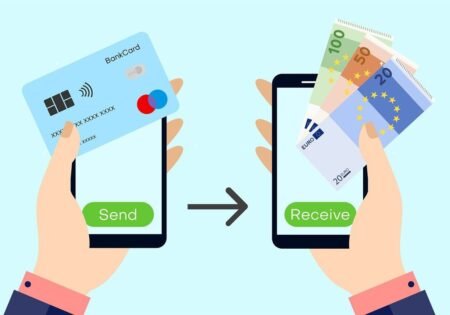Portugal joined the European Union in 1986 and was one of the first-wave EU countries to adopt the euro on 1 January 1999.
Advertisement
Portugal at a glance
Surface area: 91 910 km2
Population: 10 599 095 (Eurostat 2007, provisional figure)
Joined the European Union: 1 January 1986
Currency: Euro since 1 January 1999 (formerly Portuguese escudo, PTE)
Euro information
Status: Euro-area member since 1 January 1999.
Fixed conversion rate: 1 = 200.482 PTE
Adoption of the euro: The euro banknotes and coins were introduced in Portugal on 1 January 2002, after a transitional period of three years when the euro was the official currency but only existed as ‘book money’. The dual circulation period when both the Portuguese escudo and the euro had legal tender status ended on 28 February 2002.
Exchange of former national currency: The Banco de Portugal (Central Bank of Portugal) exchanged escudo coins until 31 December 2002 and will continue to exchange escudo banknotes until 28 February 2022.
Documents and publications
Documents from the euro changeover, as well as the 2002 information campaign, are available on the Bank of Portugal website
Opinion polls and surveys
Public opinion and the single currency (Eurobarometer website)
Websites
Euro websites
- Euro on the Bank of Portugal site (also in English)
- Archived websites on the euro
Institutions
- Banco de Portugal (Bank of Portugal, also in English)
- Ministério das Finanças e da Administração Pública (Ministry of Finance and Public Administration, also in English)
- Imprensa Nacional Casa da Moeda (Portuguese Mint, in Portuguese only)
Business
- Euro Info Centres Portugal
- Associação Portuguesa de Bancos (Portuguese Bankers Association)
Consumers
- Associação Portuguesa para a Defesa do Consumidor, DECO (Portuguese Association for Consumer Protection)





